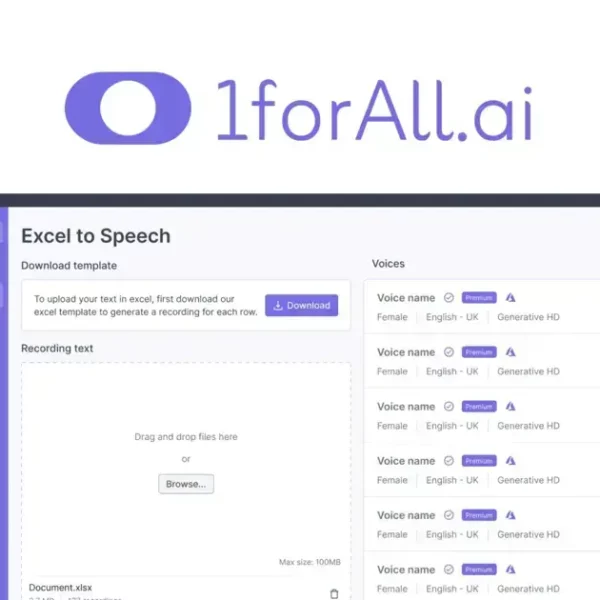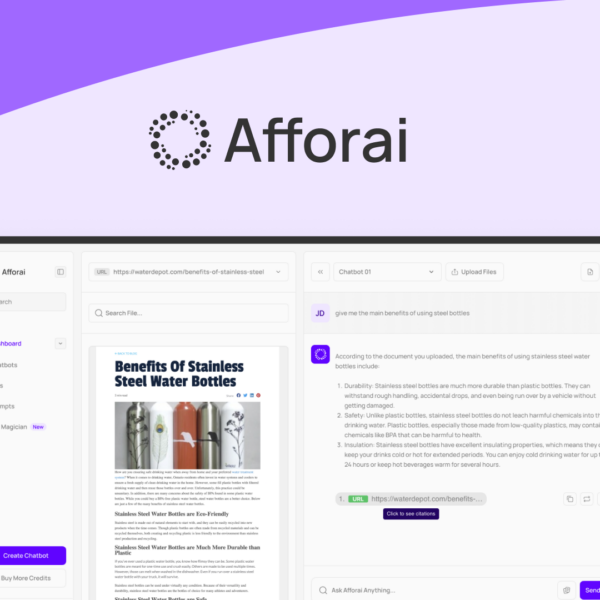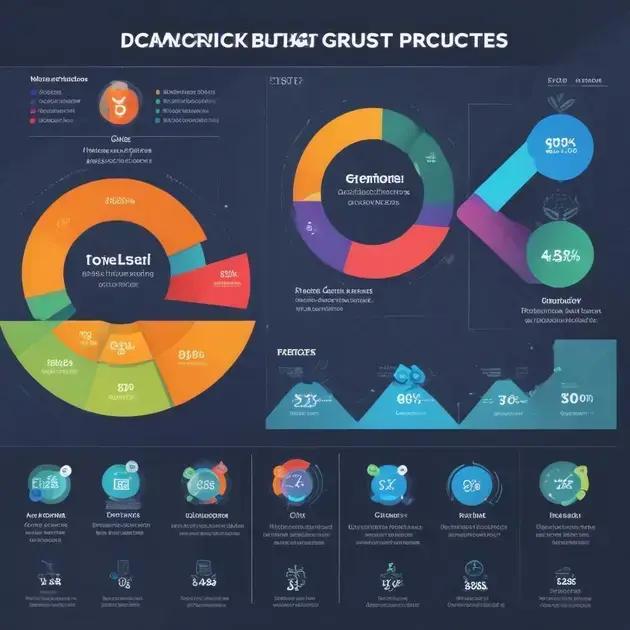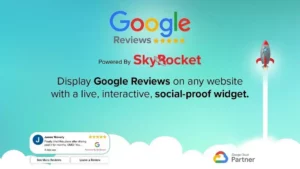When choosing CRM pricing, consider essential features, your budget, and the number of users. To reduce expenses, negotiate plans, use free trials, and properly train your team to maximize efficiency and value from your CRM investment.
CRM pricing is a critical aspect for businesses eager to leverage customer relationship management tools effectively. With a vast array of options out there, navigating through these pricing plans can be daunting. This article dives deep into what you need to consider when evaluating different CRM solutions, the factors that influence costs, and actionable tips for getting the best value for your investment.
Understanding CRM Pricing Structures
Understanding CRM pricing structures is essential for any business looking to invest in customer relationship management solutions. There are various pricing models available that cater to different needs and budgets. The most common structures include:
1. Subscription-Based Pricing
This is one of the most popular models, where businesses pay a recurring fee, typically monthly or annually, for access to the CRM software. This model often includes different tiers, allowing users to choose features that suit their needs.
2. Per-User Pricing
Under this model, companies are charged based on the number of users accessing the CRM. This is ideal for businesses that scale or have fluctuating user counts, as costs can be adjusted according to the number of active users.
3. Tiered Pricing
This pricing structure offers several packages with varying features and functionalities. Businesses can select a tier based on their requirements, which can be very cost-effective for growing companies.
4. Freemium Model
Some CRM providers offer a freemium version of their software with limited features, allowing businesses to try the product before committing to a paid plan. This is a great way to test compatibility and functionality.
5. One-Time License Fee
In this model, businesses pay a one-time fee to purchase a software license that allows them permanent access to the CRM. This option may involve additional costs for updates and maintenance but can be economical in the long run.
Choosing the right CRM pricing structure depends on the unique needs of your business and how you plan to utilize the CRM. By understanding these different pricing structures, you can select a plan that fits your budget and supports your operational goals.
Factors Influencing CRM Pricing

Several factors influence CRM pricing, and understanding them can help businesses make informed decisions. Here are some key elements to consider:
1. Features Offered
The range of features a CRM provides can significantly impact its price. Solutions with advanced functionalities like automation, analytics, and customer segmentation typically come at a premium. Businesses should identify which features are essential to their operations to avoid paying for unnecessary extras.
2. Number of Users
The pricing structure often varies depending on the number of users. More users typically mean higher costs. Businesses should evaluate their current and future user needs to choose a plan that accommodates growth without excessive charges.
3. Deployment Method
CRMs can be deployed in the cloud or on-premises. Cloud-based solutions usually require a subscription fee, while on-premises installations may involve a hefty upfront payment. The choice between these methods can greatly affect overall costs.
4. Customer Support and Training
Support services and training options may come as part of a package or incur additional fees. Businesses must consider the level of support and training they will need to effectively implement and utilize CRM software.
5. Contract Length and Commitment
Long-term contracts may offer lower monthly rates, but they require a commitment. Some vendors might provide discounts for annual upfront payments, while others may implement penalties for early contract termination. Understanding these details is crucial in budgeting for CRM expenses.
By considering these factors influencing CRM pricing, businesses can navigate their options better and choose a plan that aligns with their needs and budget.
Comparing Different CRM Pricing Plans
When comparing different CRM pricing plans, it is vital to analyze each option carefully to find the best fit for your business needs. Here are some key aspects to consider:
1. Feature Comparison
Different CRM providers offer various features in their pricing plans. Examine the essential features such as contact management, sales pipeline tracking, and reporting. Ensure that the plan you choose includes all necessary features to support your business operations without overpaying for unnecessary ones.
2. Scalability
Consider how scalable each CRM plan is. As your business grows, you may need to add more users or upgrade to a higher tier. Check how easy it is to upgrade or add features and whether the pricing remains reasonable as your needs change.
3. User Experience and Interface
The usability of the CRM can influence your team’s productivity. Take the time to read reviews or request demos from providers to understand how intuitive and user-friendly each system is. A CRM that is difficult to navigate could lead to low adoption rates among your staff.
4. Integration Capabilities
Another crucial factor is how well the CRM integrates with other tools you use. Many businesses rely on various software for different functions. Look for plans that offer seamless integration with platforms like email marketing, e-commerce, and customer service tools.
5. Cost of Support
Customer support options can differ widely between CRM providers. Some plans include comprehensive support, while others may charge extra for assistance. Review the support options to ensure that you have the help needed without incurring high additional costs.
By carefully comparing different CRM pricing plans, businesses can choose the right CRM solution that meets their needs and fits their budget.
How to Choose the Right CRM Pricing

Choosing the right CRM pricing is crucial for ensuring it meets your business needs and budget. Here are some key steps to follow:
1. Assess Your Business Needs
Start by identifying what your business requires from a CRM. Consider aspects like the number of users, essential features, and the scale of your operations. Understanding your needs will help filter out unnecessary plans.
2. Set a Budget
Determine how much you can afford to spend on a CRM solution. Consider not just the monthly or annual costs but also additional expenses like training and support. Having a clear budget in mind will help narrow your options.
3. Compare Features and Functions
Different CRM plans come with various features. Compare these features side by side to see which ones align best with your needs. Look for the features that contribute most to improving customer relationships and streamlining processes.
4. Read Reviews and Case Studies
Check online reviews and case studies to see how businesses similar to yours perceive different CRM solutions. Feedback from other users can provide insight into each CRM’s strengths and weaknesses.
5. Take Advantage of Free Trials
Many CRM providers offer free trials. Take these opportunities to test the CRM hands-on. Trying out the interface and features helps ensure that the CRM fits seamlessly into your workflow before making a financial commitment.
By following these steps, you can effectively choose the right CRM pricing plan that is suitable for your business and helps foster better customer relationships.
Tips for Reducing CRM Expenses
Reducing CRM expenses can significantly impact your business’s overall budget. Here are some effective tips to help you save money while using a CRM:
1. Choose the Right Plan
Select a CRM plan that meets your actual needs. Many providers offer tiered pricing. Review your business requirements and only pay for features that you will actively use. Avoid the temptation to select a higher-tier plan due to extra features that may not be beneficial.
2. Negotiate with Providers
Don’t hesitate to negotiate pricing or ask for discounts when discussing contracts with CRM providers. If you’re committing to a longer-term plan, you may secure lower monthly rates or additional features at no extra cost.
3. Take Advantage of Free Trials
Use free trials to test out different CRM options. This not only helps you find the right fit without any initial expenditure but also allows you to evaluate whether you are likely to benefit from a paid plan before making any financial commitments.
4. Train Your Team
Invest time in training your team to use the CRM effectively. Proper training can lead to increased productivity and fewer mistakes, which can save money in the long run. The more efficiently your team uses the CRM, the better return on investment you will achieve.
5. Explore Automation
Use automation features available in most CRM systems to reduce manual work. Automating tasks such as data entry, follow-ups, and reporting can save time and free up resources for other important projects.
6. Monitor Usage Regularly
Regularly review how your CRM is being used. Identify underutilized features or inactive users to re-evaluate your plan or potential alternatives. This ongoing assessment helps ensure you’re not overspending on solutions that aren’t being maximized.
Implementing these tips can assist in effectively managing your CRM expenses, allowing you to allocate funds to other crucial areas of your business.
Summing Up Your CRM Journey
Finding the right CRM pricing plan is a crucial step for any business looking to enhance customer relationships. By understanding various pricing structures and factors that influence costs, you can make informed decisions that align with your needs.
Remember to compare different plans, assess your specific requirements, and take advantage of free trials to ensure you choose the best CRM solution. Additionally, implementing tips to reduce CRM expenses can lead to significant savings.
With the right CRM in place, your business will be well-equipped to foster strong customer connections and drive growth.
FAQ – Frequently Asked Questions about CRM Pricing
What should I consider when choosing a CRM pricing plan?
It’s important to assess your business needs, set a budget, compare features, and read reviews before choosing a CRM pricing plan.
How can I reduce my CRM expenses?
You can reduce CRM expenses by selecting the right plan, negotiating with providers, taking advantage of free trials, and automating tasks.
Are there free CRM options available?
Yes, many CRM providers offer free plans or trials that allow you to test the software before committing to a paid plan.
What features should a good CRM have?
A good CRM should have features like contact management, reporting, sales pipeline tracking, and automation capabilities tailored to your business needs.
Is it worth investing in CRM training for my team?
Yes, investing in training ensures that your team can effectively use the CRM, leading to increased productivity and a better return on investment.
How often should I review my CRM usage?
Regularly reviewing your CRM usage is recommended to ensure that you are maximizing your investment and to identify any areas for improvement.




